INTRODUCTION
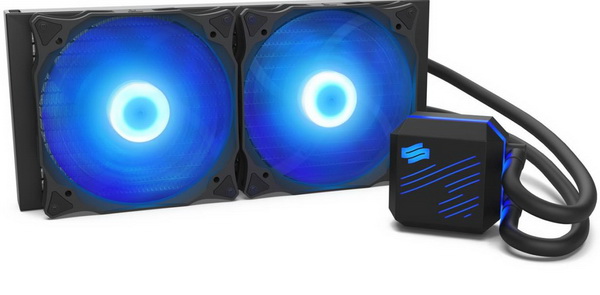
Up until somewhat recently the general consensus was that AIO (all in one) liquid CPU coolers still had a long road in front of them until they could finally surpass regular CPU air coolers in terms of sales and of course popularity. Still with more and more manufacturers releasing their very own models that may actually happen a lot faster than expected. Performance however is not the only thing AIO models have going for them, zero clearance issues and looks (largely thanks to RGB illuminated fans and pumps) are also two very important factors for some consumers such as gamers and enthusiasts. SilentiumPC may not be among the most well-established manufacturers in the PC industry but they have quite a few interesting products under their belt already and today with us we have one of their latest ones, the Navis RGB 280 AIO Liquid CPU Cooler.
Since 2007 SilentiumPC brings well-made CPU coolers, cases and power supplies with main focus on exceptional value for money achieved through effective design and smart cost-cutting. No fancy trademark names, just well-thought-out products designed to work, chosen and praised by value-minded enthusiasts and system integrators.
For the Navis RGB 280 AIO (also available currently in 120/240mm models) SilentiumPC paired a 310mm long, 140mm wide and 28mm thick aluminum radiator with 380mm long kink-resistant rubber tubes, high-performance copper-bearing pump (9 pole motor with a speed of up to 2500RPM -+10%) complete with top and side RGB LEDs and an flow-optimised all-copper base (cold-plate). Two Sigma HP RGB hydraulic-bearing 140mm fans (1800RPM/ complete the package and also help the Navis RGB 280 AIO achieve a very high TDP (thermal design power) of 350W. The RGB LEDs found on both the two Sigma HP RGB 140mm fans and the pump are compatible with mainboards that feature 4-pin RGB connectors (ASRock RGB LED, ASUS Aura, EVGA RGB, Gigabyte RGB and MSI Mystic Light software controlled) but if you happen to not own one such model you can still use the bundled nano RGB controller instead which supports up to three different modes (fixed, rainbow wave and breathing - also compatible with the latest towers by SilentiumPC which feature their Aurora Sync RGB controller).
SPECIFICATIONS AND FEATURES

PACKAGING AND CONTENTS
A very large product picture located beneath the company name takes most of the front of the box.
The radiator size (with the fans mounted) is showcased on the left side with the help of two drawings.
Three product pictures are used to showcase the size of the pump/waterblock combo.
The specifications of the product are listed at the rear of the box right next to yet another two product pictures and the mainboard compatibility list.
At the base of the box SilentiumPC has placed the product features.
A short yet somewhat funny text by the people over at SilentiumPC is the first thing you will see once you open the box.
Typically, the entire bundle is placed in several plastic bags and inside a formed piece of cardboard.
Along with the main body of the Navis RGB 280 (radiator/tubes/pump/waterblock) inside the package you will also find the two Sigma HP RGB 140mm fans, mini thermal paste tube (Pactum PT-2), RGB controller, fan y-splitter, RGB adapter cable, backplate and all the necessary screws and mounts for installation on Intel LGA 775/1150/1151/1155/1156/1366/2011/2011-3/2066 and AMD AM2/AM2+/AM3/AM3+/AM4/FM1/TR4 compatible mainboards.
THE NAVIS RGB 280
The radiator, tubes and pump/waterblock combo is something we've seen far too many times already (the pump of this model however does stand out).
As you can all see the aluminum radiator is indeed roughly 28mm in thickness.
An empty/fill port is located at the end of the radiator but as you can see it's not to be used.
In terms of FPI (fins per inch) the radiator used in the Navis RGB 280 has a count of 18.
SilentiumPC used rubber tubes roughly 380mm in length something we don't see much (most models don't have tubes over 350mm in length).
On top of the pump SilentiumPC has placed their logo and some waves all of which illuminate once the AIO is in operation.
The RGB illumination extents all the way around the pump.
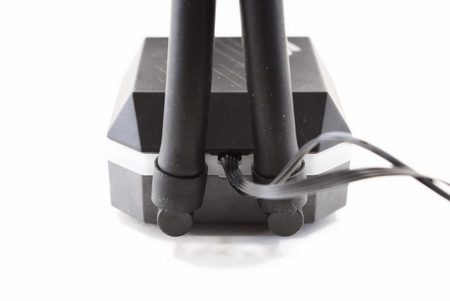
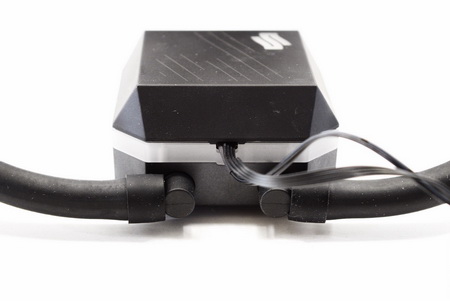 Both tubes can rotate at the base of the waterblock/pump combo to simplify installation.
Both tubes can rotate at the base of the waterblock/pump combo to simplify installation.
It may look somewhat simple in design compared to some other copper bases we've seen in the past but the one used with the Navis RGB 280 has no visible machine marks on it.
The pump is powered by a SATA power connector and also features two 4-pin RGB connectors (male/female).
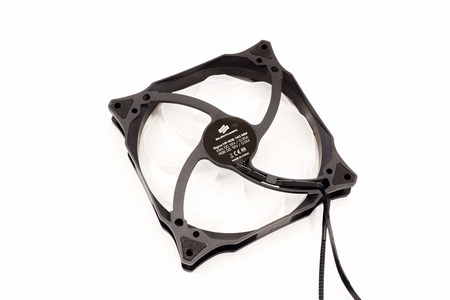
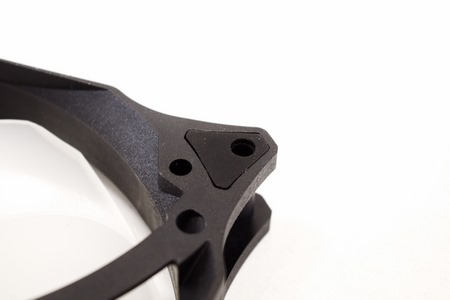
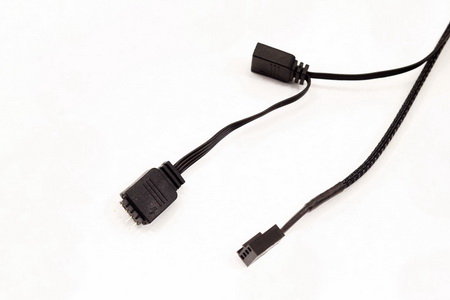 Both Sigma HP RGB 140mm fans feature anti-vibration pads on all 4 corners, two RGB mainboard connectors and a 4pin PWM connector.
Both Sigma HP RGB 140mm fans feature anti-vibration pads on all 4 corners, two RGB mainboard connectors and a 4pin PWM connector.
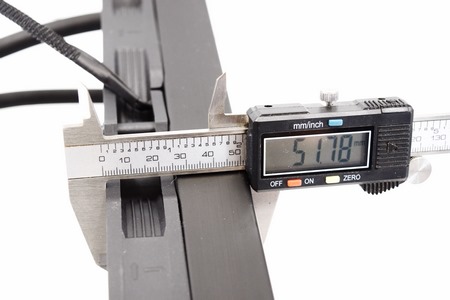
With the fans mounted the Navis RGB 280 now measures roughly 52mm in thickness.
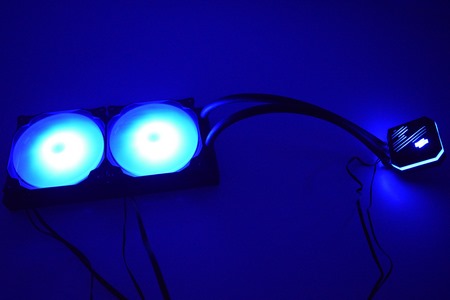
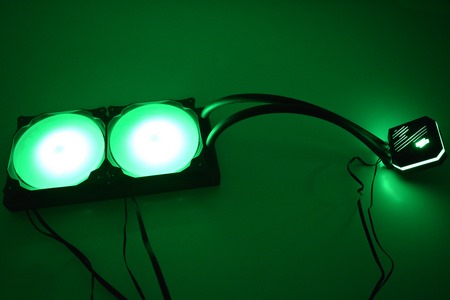
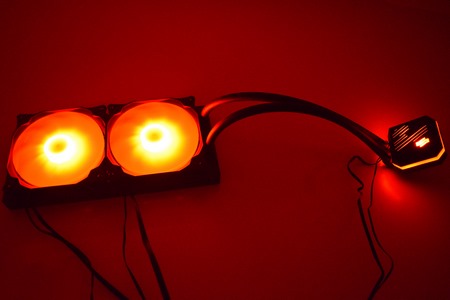
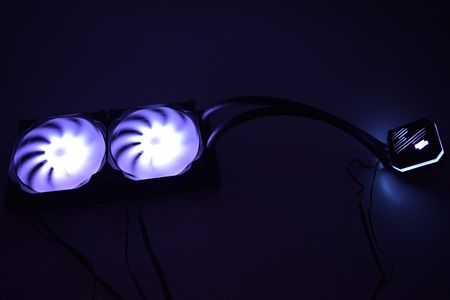
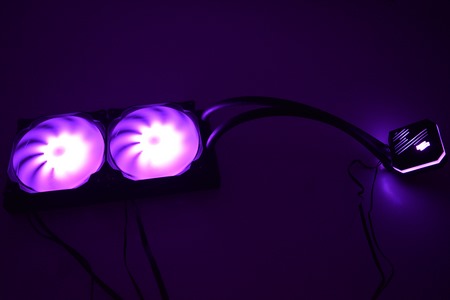
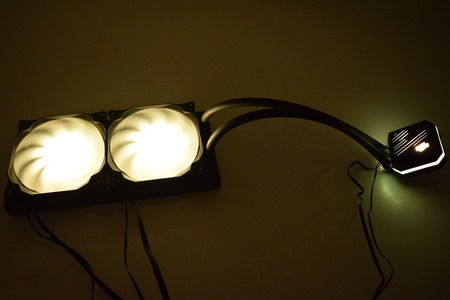
In the above pictures you can see some of the available lighting colors (could be just a tad too bright for some people however).
TEST BED
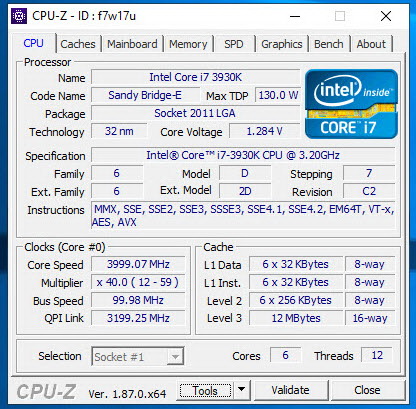

TESTING METHODOLOGY
Testing complete water cooling kits or individual radiators is no different than testing CPU Coolers and since we want all of you to be able to compare similar products we created new and separate charts (you can still cross-compare results however since we are using the same test rig). So once again single (120/140mm) watercooling solutions are tested with the radiator mounted at the rear of our test rig while dual/triple/quad (240/260/280/360/420/480/560mm) solutions with the radiator mounted at the top. For the dBA tests complete water cooling kits or radiators with bundled fans are measured both while on idle mode or with the fan controller in the minimum setting and while on extreme load or with the fan controller all the way to the highest possible setting (PWM fans do that on their own without our intervention). Every single test takes place in a temperature controlled room of 23 degrees Celsius Ambient Temp with the help of two AC units placed diagonally inside the room. Finally, much like when testing CPU Coolers it's very important to point out that just because a water cooling kit outperforms another when tested with our test rig (when we test complete water cooling kits) that does not necessarily mean that the same performance differences will apply 100% for other CPU models and in other situations (such as different ambient temps and system configurations).
To successfully record the load temperatures, we use the latest OCCT application for around 6-10 minutes to push the processor to its limits and after that is done and the temperatures are recorded, we wait for about 10-20 minutes for the CPU to cool down and record the idle temperatures. This is done to allow time for the thermal conductive material to achieve the optimal performance level. Same procedure is then repeated with the Passmark BurnIn Test as a failsafe just in case the OCCT results are wrong. This procedure takes a lot more time than the usual peltier/thermometer tests but this way not only can we deliver real world results to our readers based on real CPUs but we can also triple check the results using a variety of programs. Last but not least the temperatures were recorded using both the latest versions of AIDA64 and RealTemp while the noise level tests (when fans exist in the bundle) are performed using a high precision ExTech HD600 Decibel Meter placed about 10-15cm above the radiator. Still although the same testing procedure applies to all units do take into consideration that unlike the official numbers which are measured in special noise isolated labs with just the fans here, we also have both the rest of the cooler and the rest of the system (although all system fans are turned off when recording noise levels).
TEST RESULTS

 ...........
...........
CONCLUSION
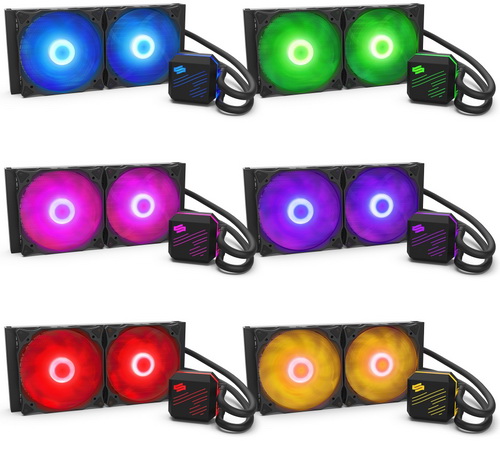
It’s been many years since we last got something from SilentiumPC so when they did send their brand new Navis RGB 280 AIO over we didn’t really know what to expect. On top of that the competition in the AIO market is fierce so yes, we didn’t expect that much if we’re being completely honest. Luckily, we were wrong and so the Navis RGB 280 offers a great performance/noise ratio. Granted it can’t go up against much more expensive solutions like the Alphacool Eisbaer Extreme 280 Black Edition and it’s not really the most silent AIO to ever reach our lab but overall, we have no complaints in terms of performance and noise. RGB lighting intensity is as strong as SilentiumPC claims it is but that could be a double-edged sword since some people may not like too much light coming out from their cases especially at night (in pitch black conditions you may even get annoyed by it). Now we do realize that most people looking for an RGB illuminated AIO will probably have no issue with this (most will almost definitely like it) but some just may thus we do have to point it out.
Even though it’s been years since we had something by SilentiumPC in our lab things haven’t changed much in terms of availability since once again we were unable to find the Navis RGB 280 not only on the other side of the Atlantic but also in many places inside the EU. That being said you can currently find it for just 75Euros inside the EU (Amazon.de) a price tag which many people should find extremely appealing judging not only thanks to the performance of the cooler but also because of its looks and relatively low noise levels. At the end of the day the Navis RGB 280 hits the bullseye in everything that really matters to most consumers out there from cooling efficiency and noise levels up to looks and price and that’s why it also gets our Golden Award.

PROS
- Good Build Quality
- Very Good Cooling Efficiency
- 380mm Long Rubber Tubes
- RGB Pump / Fan Illumination
- Easy Installation
- Bundled RGB Controller
- Price (For Some)
CONS
- Current Availability
- RGB Lighting Intensity (For Some)

 O-Sense
O-Sense





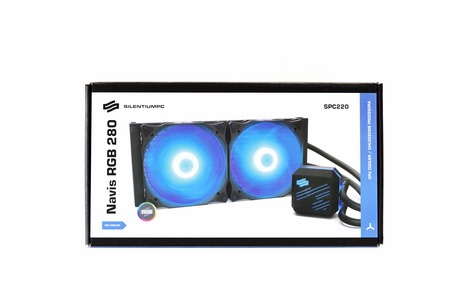
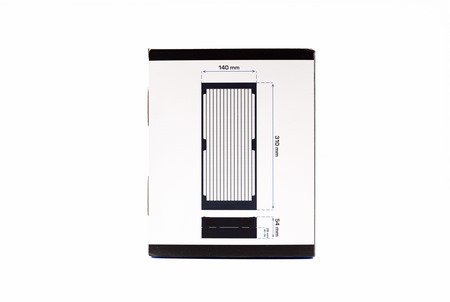
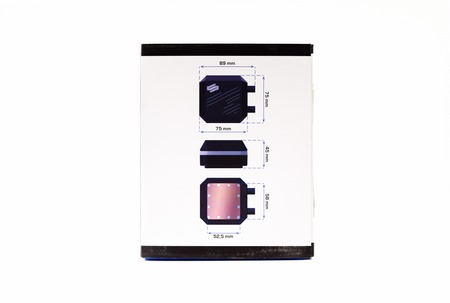
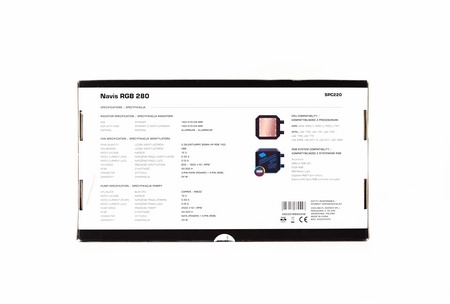
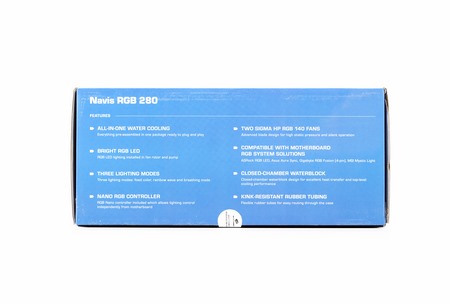
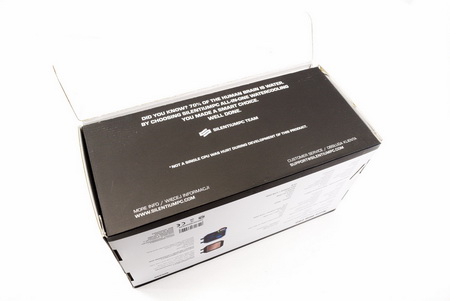
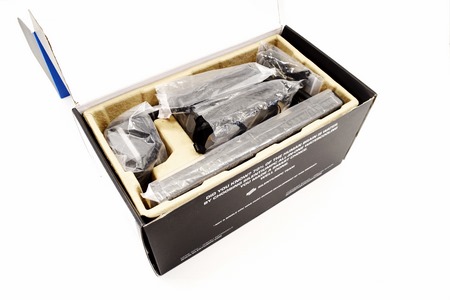
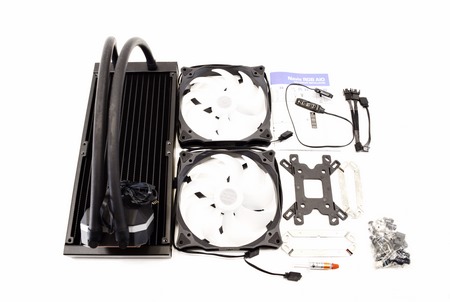
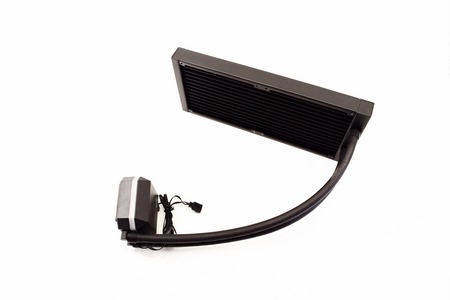
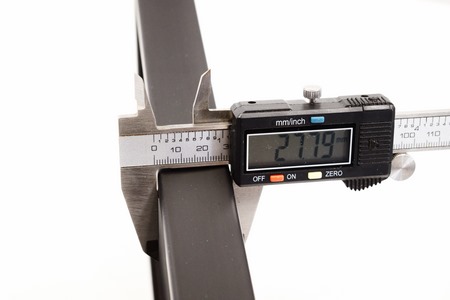
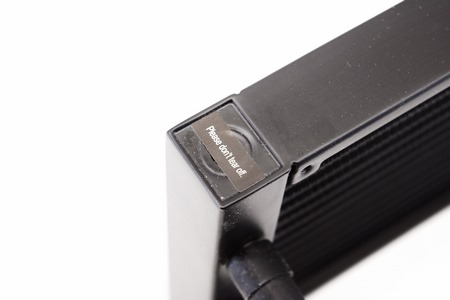
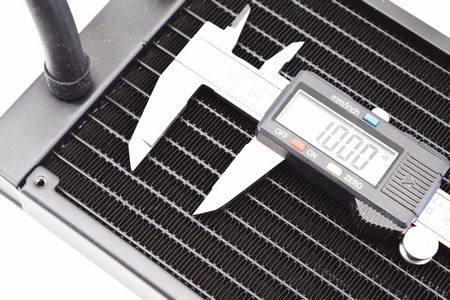
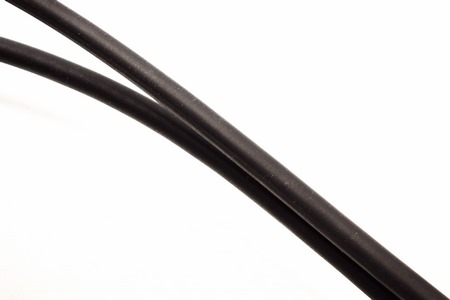
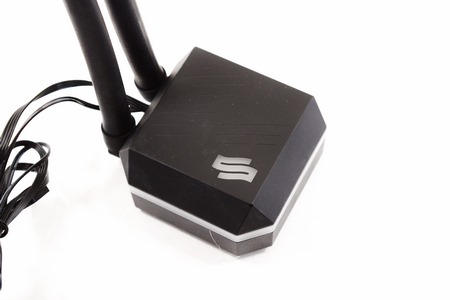
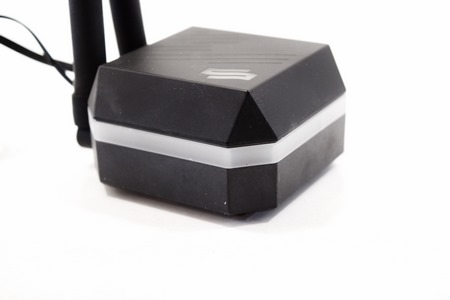
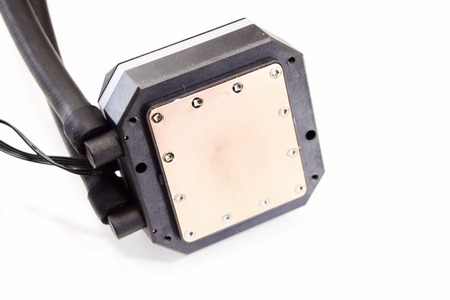
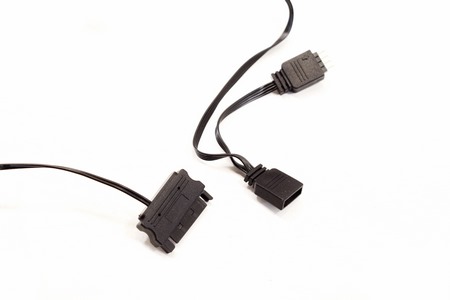
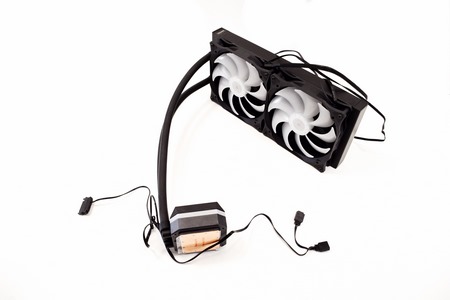


.png)

